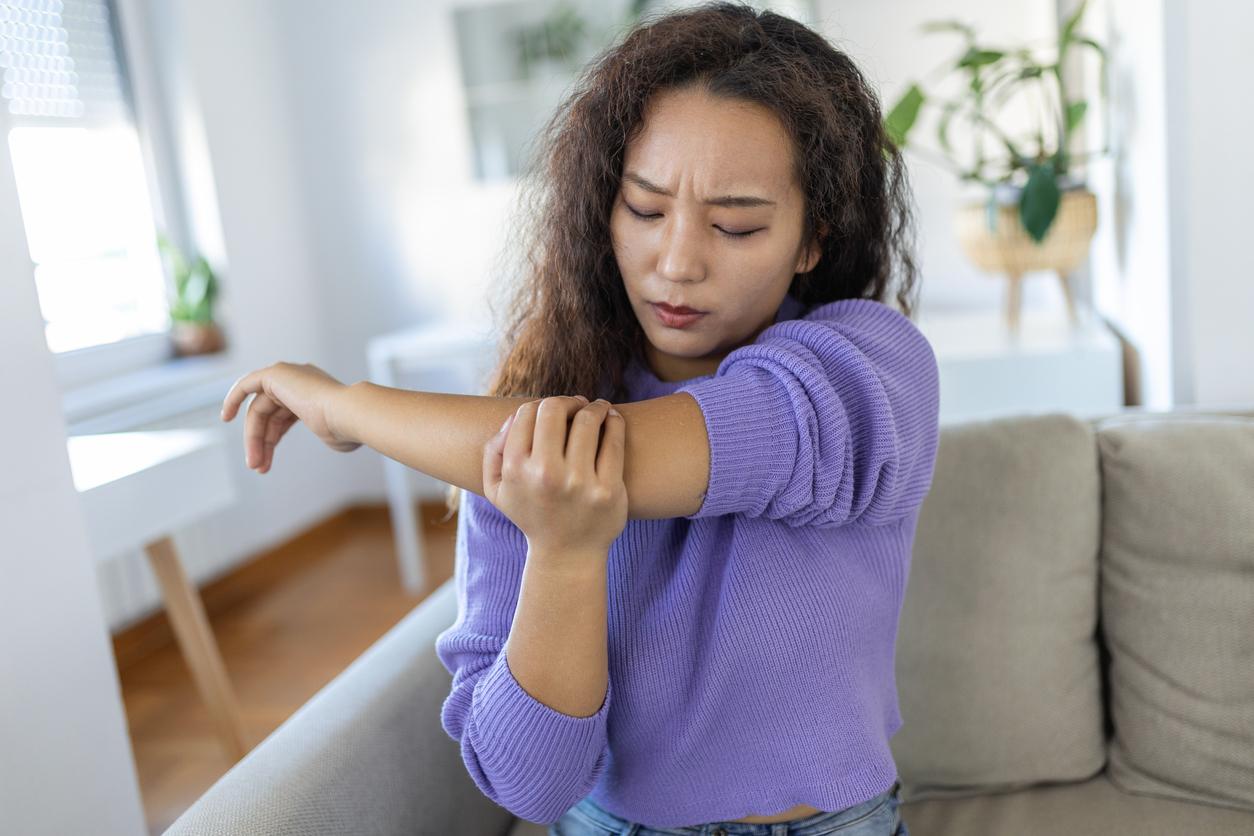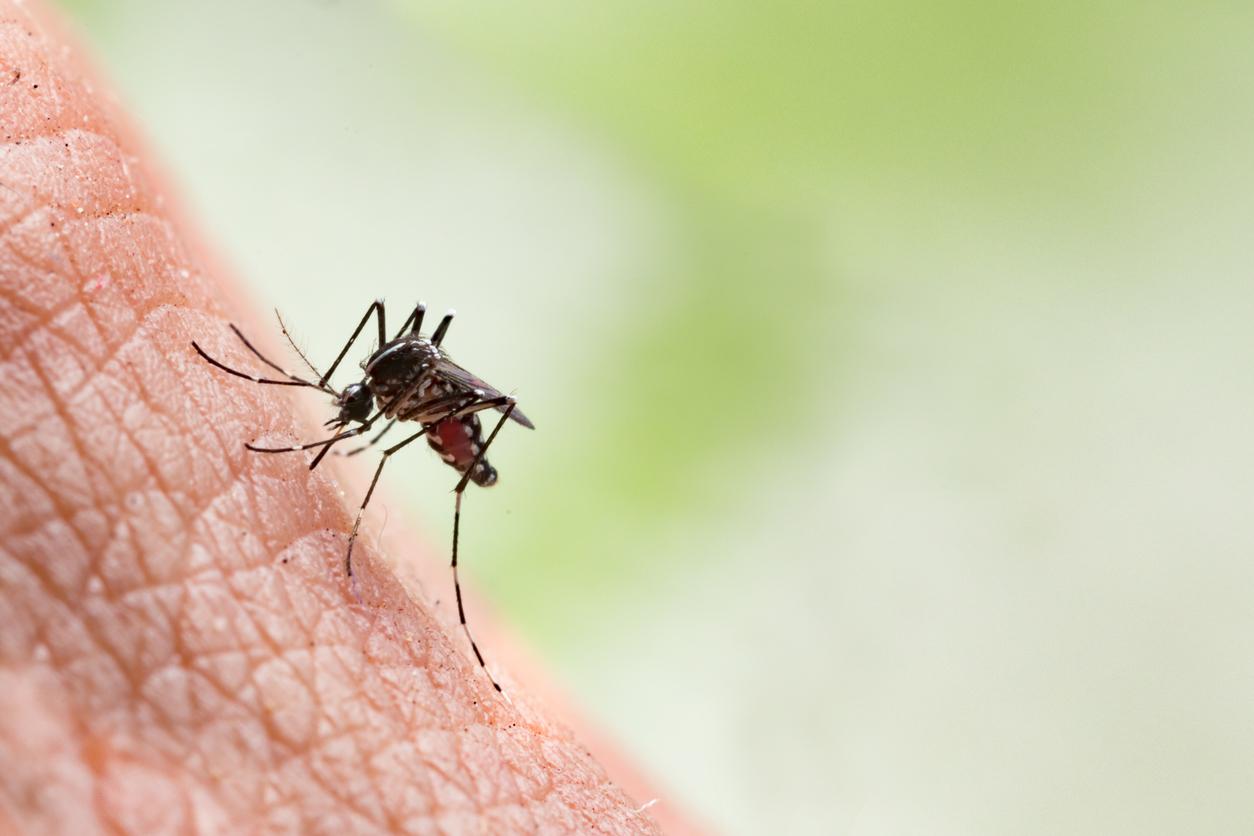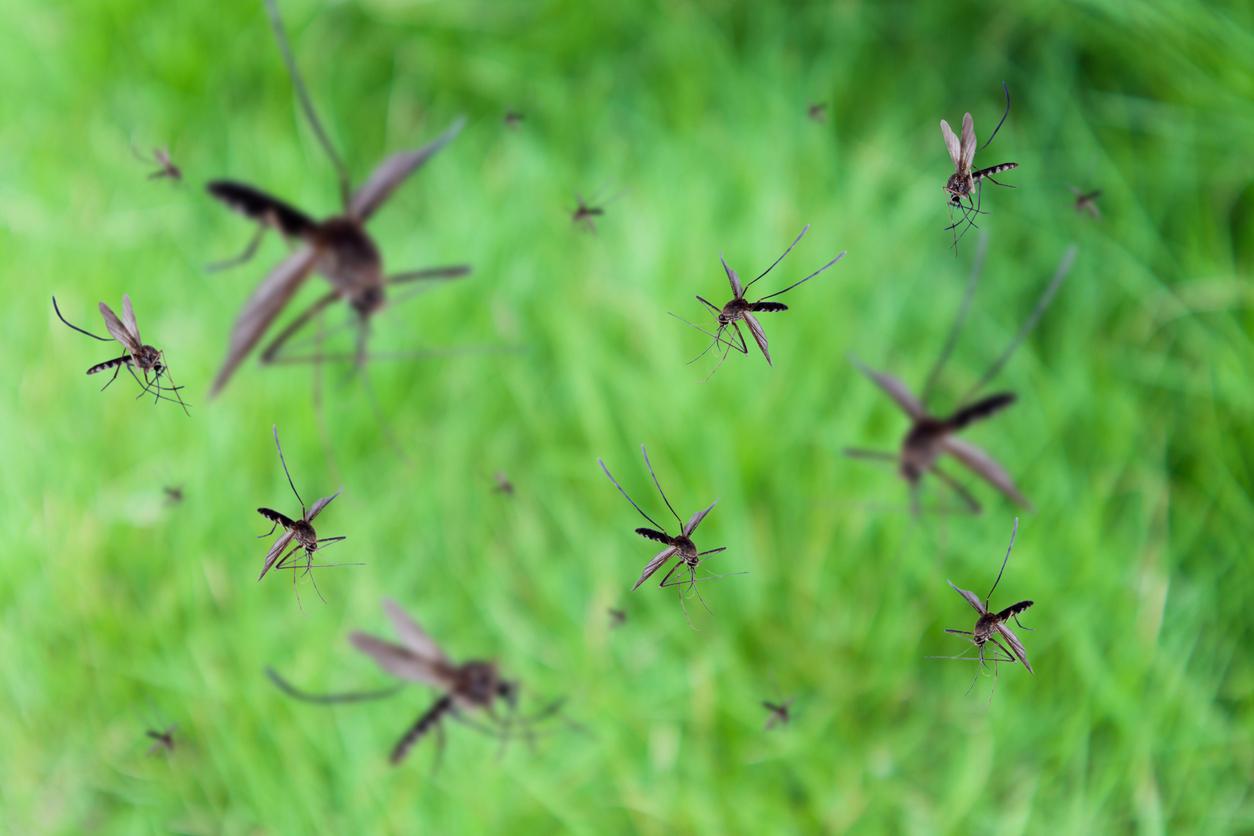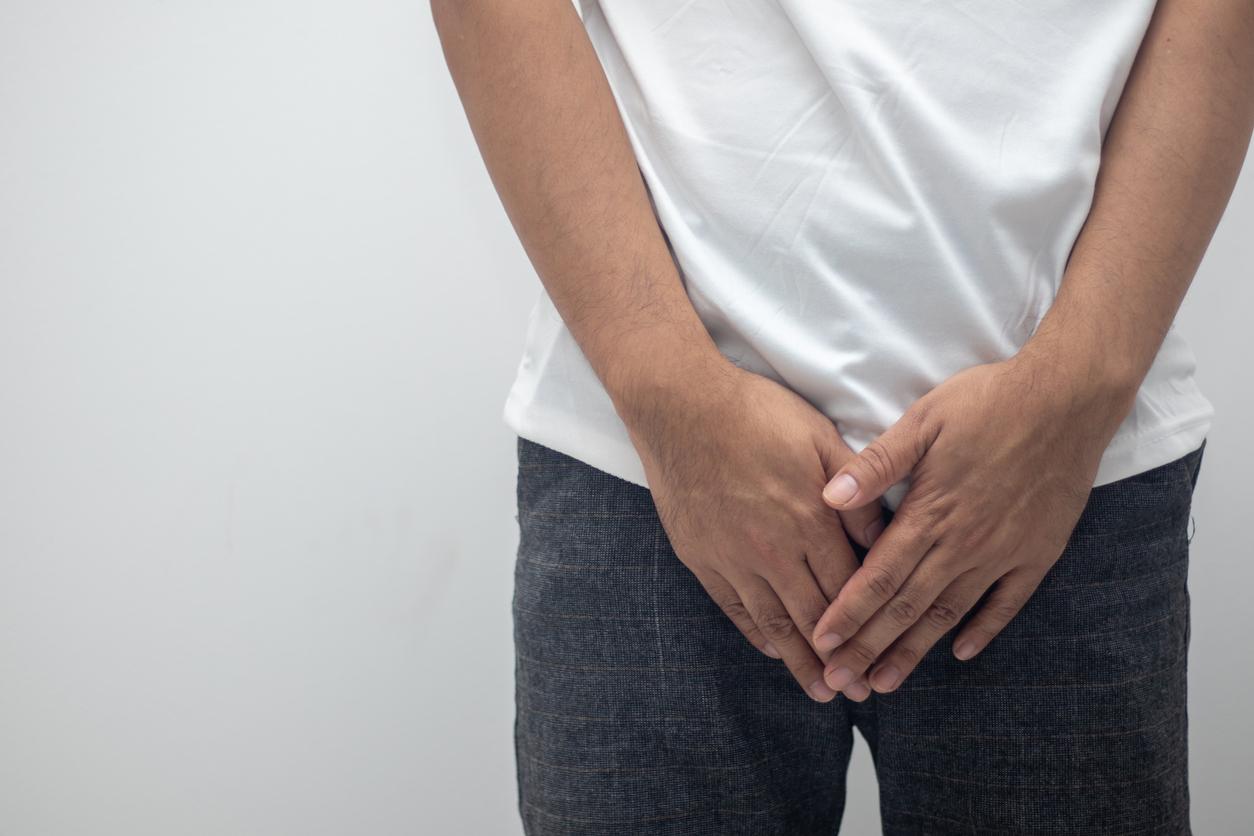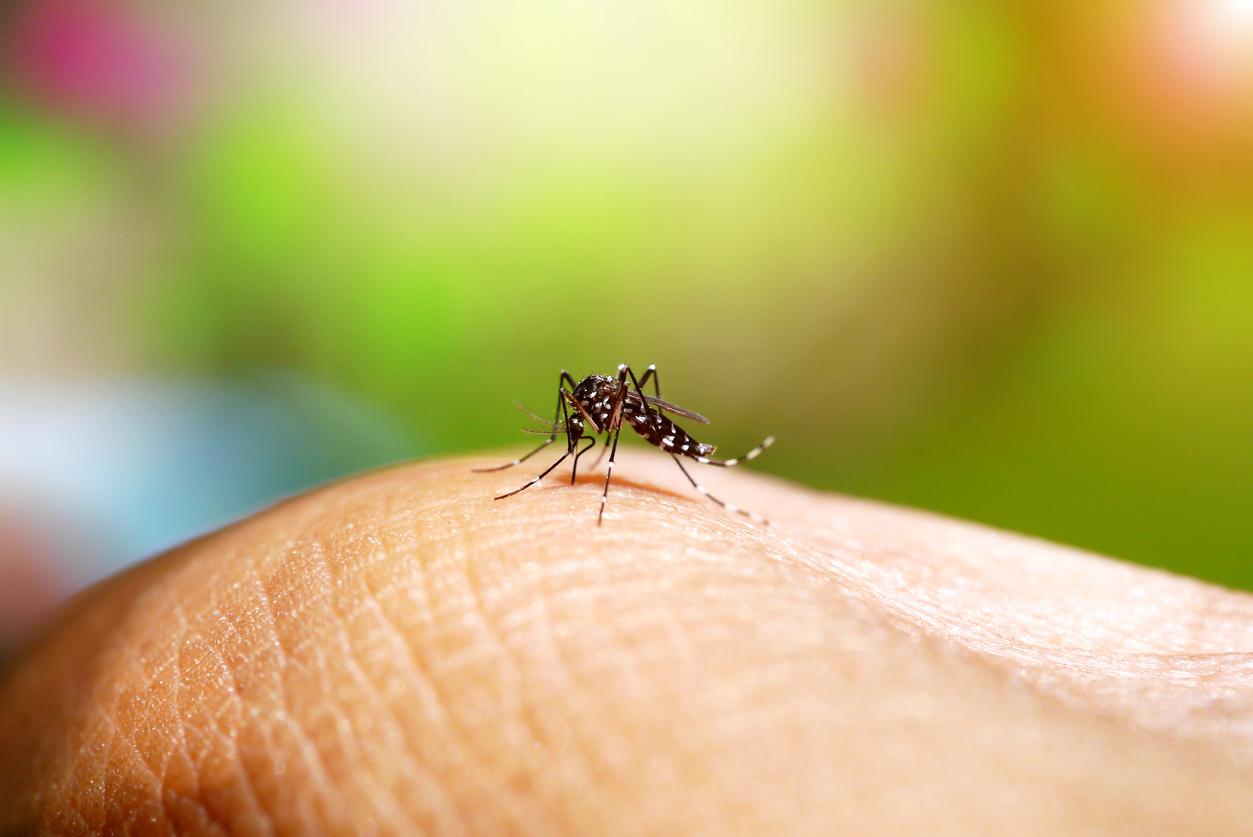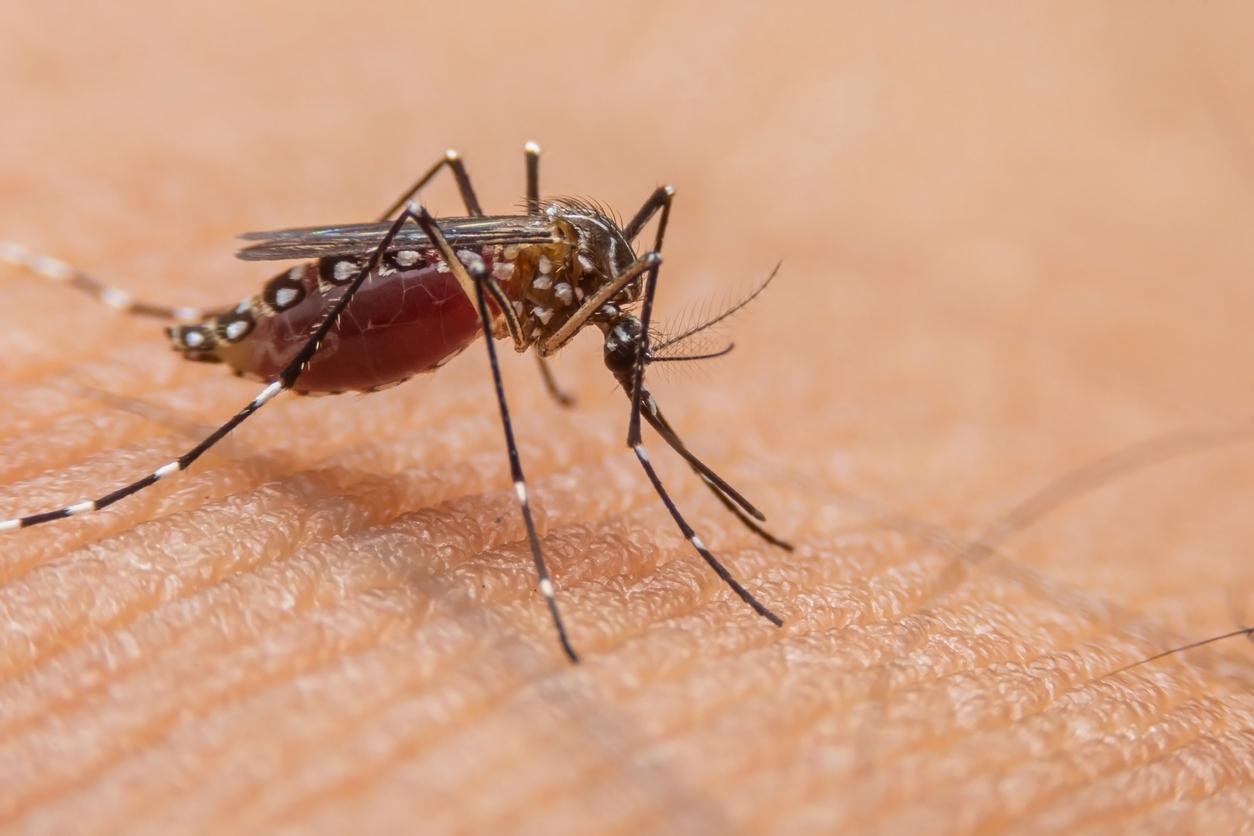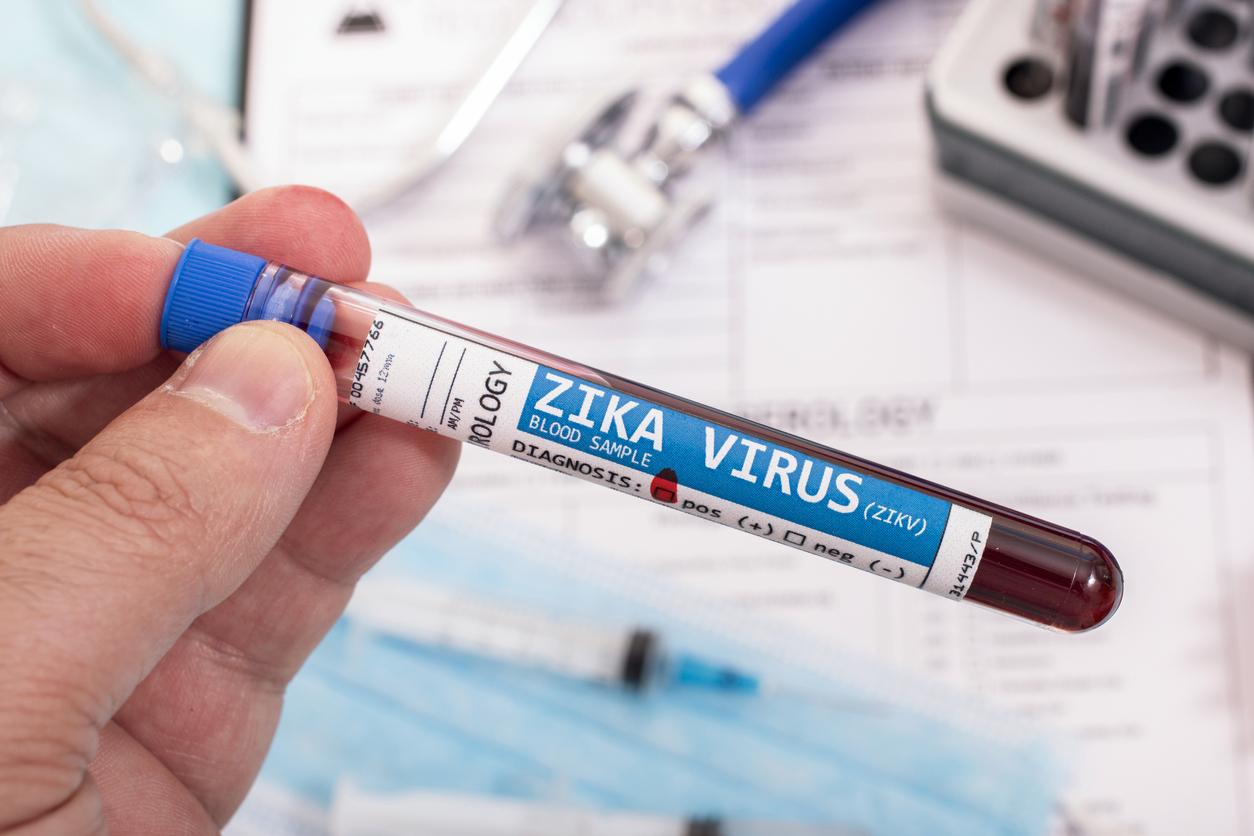Google has launched a program to rid us of disease-carrying mosquitoes, without impacting the environment or the health of humans and animals.
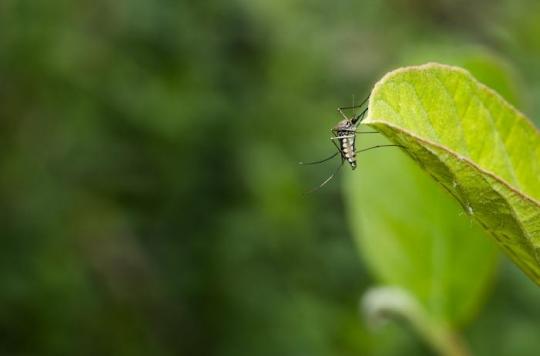
Google is not just a search engine. Since 2017, researchers from Verily Life Science, a health subsidiary of the American firm, have set themselves the challenge of ridding the planet of mosquito vectors of diseases such as Zika, dengue fever, chikungunya and yellow fever.
genetically modified mosquitoes
Called “Debug Fresno”, their initiative led them to release in Fresno County (Northern California) 80,000 small male mosquitoes genetically modified to be sterile with a wingspan of a few millimeters, after having infected them in the laboratory with the bacterium Wolbachia, that affects many insects. Once released, they will naturally try to mate with other female Aedes Aegypti mosquitoes, but this bacteria will cause non-viable egg productions, which should gradually decrease their population.
“No male mosquitoes bite, they don’t even have the necessary mouth parts to do so,” the researchers explain in a note dated November 19. “Only females need blood for their eggs and to reproduce. This is how wild female mosquitoes spread disease, moving from person to person while feeding, which is why we consider the female Aedes aegypti as a bad insect”.
No danger for humans
This method of biological control, also called “sterile insect technique”, was developed to limit, or even eradicate, insect populations posing health, economic or environmental problems, by limiting their ability to reproduce. According to the World Health Organization (WHO), using this practice “does not involve any genetic modification of mosquitoes” and Wolbachia bacteria “do not infect humans or other mammals”.
In 2017, Verily has released more than 15 million mosquitoes and succeeded in reducing the number of female Aedes aegypti mosquitoes by 68%. This year, “our data indicates that we have achieved a reduction of more than 95% in the number of biting female Aedes aegypti mosquitoes compared to similar regions where we did not release” genetically modified male mosquitoes. Their results are valuable for the creation of new programs, especially in tropical countries where these mosquitoes are highly prevalent.
Dengue, or “tropical flu”
Dengue fever, also called “tropical flu”, is a tropical haemorrhagic fever linked to an arbovirus, transmitted by the bite of a female tiger mosquito only. The World Health Organization (WHO) estimates the number of annual cases worldwide at 50 million, including 500,000 cases of “haemorrhagic” dengue fever, i.e. which are fatal in more than 2.5% of cases. . Dengue fever is initially present in tropical and subtropical areas of the world.
Symptoms appear 3 to 14 days (on average 4 to 7 days) after the infecting bite. We then observe a flu syndrome affecting infants, young children and adults. There is no specific treatment. While dengue hemorrhagic fever is a life-threatening complication, early clinical diagnosis and prompt clinical management can often save lives.
As the Health Organization (WHO) points out, “more than 70% of the burden of disease attributable to this disease is found in South-East Asia and the Western Pacific. In Latin America and the Caribbean, the “Incidence and severity of the disease have increased rapidly in recent years. Africa and the Eastern Mediterranean have also experienced more outbreaks in the past decade.” Lately, pAlmost 1,300 cases of dengue fever have been confirmed in the north, west and south of Reunion since January 1, 2018
Chikungunya, “becoming crooked”
Chikungunya is a viral disease also transmitted by the bite of a tiger mosquito. The name “chikungunya” comes from a verb in the Kimakonde language which means “to become crooked” in reference to the hunched appearance of those who suffer from joint pain. Indeed, thee chikungunya is characterized by the sudden onset of fever often accompanied by joint pain (often debilitating, but it usually disappears after a few days or weeks).
Cases of myalgia, headache, nausea, fatigue and rash have also been observed. Most patients recover well, but in some cases joint pain persists for months or even years. But let’s be honest, this remains theoretical in mainland France and the risks are extremely low for the moment.
.









